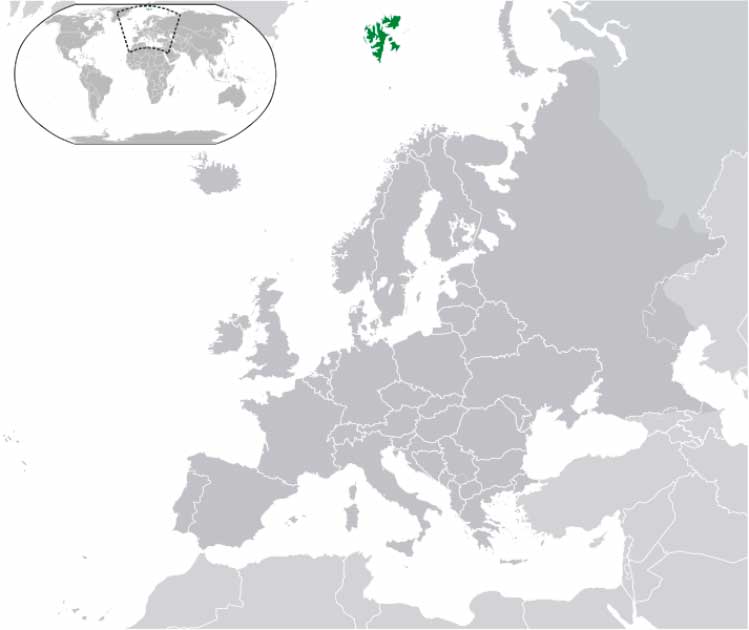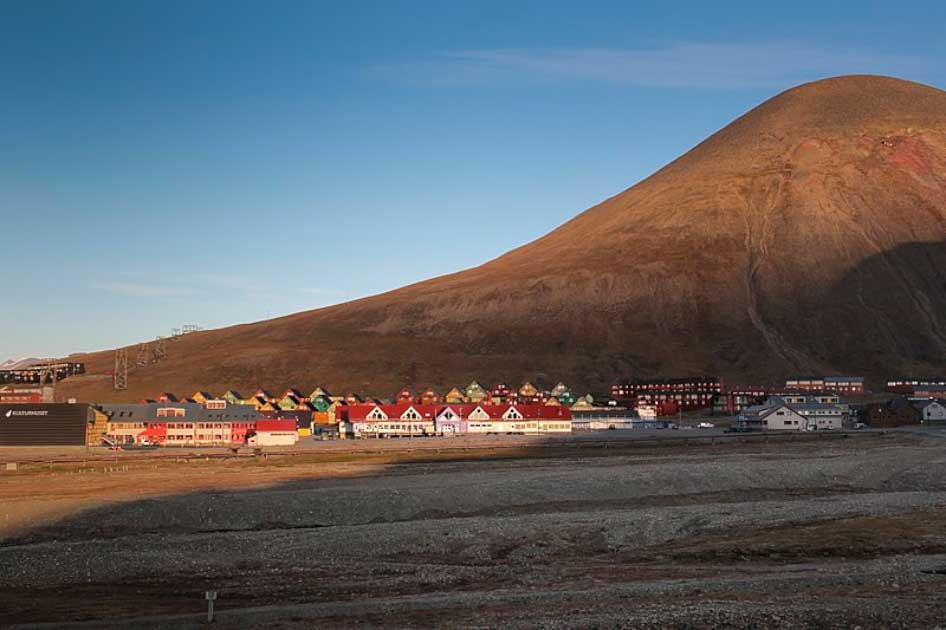Lonely, wild, frozen and isolated, Svalbard is, no doubt, one of the most remote places on the earth to visit. One of the more dangerous, too, with Norwegian authority over the islands being as most notional.
In truth, its isolation made it always so. In fact, for the early whalers from Europe, death was a common guest for them. There you will find hundreds of burial grounds that can prove that the slightest mistake can be fatal, and the place has a climate where bad luck or minor ignorance can lead to death.
That’s why Willem Barentsz, the person who discovered the islands in 1596, didn’t survive the challenge. Defeated by the harsh environment, he died after the ship on which he was returning home got trapped in Novaya Zemlya, in archipelago in Russia’s far north that is still well to the south of Svalbard.
The entire crew was forced to spend the whole winter in Novaya Zemlya, and many of them including Barentsz. However, the tragic ending of the crew didn’t stop news of the discovery of Svalbard from spreading like wildfire across Europe.
Harsh and remote settings on Svalbard have made survival a challenge ever since, but recent discoveries have proved that Mother Nature can sometimes take good care of the dead once they are buried.
Thousands of Coffins
In 2016, project was introduced to relocate and preserve the bodies of those buried on Svalbard. The well-preserved remains of the men in these coffins, fixed in time by the frozen conditions, were carefully removed from the largest graveyard in Svalbard.

As per the experts, the graveyard, which is located on Likneset’s coastal cliffside, was a place of whaling during the 17th to 18th centuries. As the coast eroded the coffins started to become exposed to the open air, and given the erosion has put those coffins in danger, they are now at Svalbard Museum’s cold storage. It can be said that the coffins of Western European whalers were like time capsules.
Almost uniquely for the time, the frozen conditions preserved the bodies with an almost lifelike appearance. Hair, nails, and soft tissue was all kept intact, and some even look as if they are merely sleeping.
Experts say there are more than 200 graves that contained a mix of Norwegian, English, and Dutch whalers, with a smattering of chancers from all over seeking their fortune. Four archaeological analyses of the sites had been carried out between the years 1985 to 1995, and the erosion of the 5 meter (16 feet) high cliffside has been carefully monitored since the year 1998.
As per the experts, most of the European whalers here died of scurvy due to a lack of proper nutrition. Happily modern whalers didn’t have the same problem, but they do have to deal with some other deadly factors, like extremely hazardous weather and polar bears.
Coffins Are Reappearing On The Surface
It is not just coastal erosion which is putting these coffins at risk. In fact, the major reason behind this is the changing climate conditions and increasing levels of global warming. In general, in the Arctic, the environment is very cold as well as dry, and where the coffins were created on permafrost and remained frozen for years. That has resulted in perfect preservation conditions.
Since the 1990s, there has been an imposed restriction of limited exhumation of graves located in Svalbard. However, shorter periods of sea ice and a huge decline in the permafrost in recent years have made many coffins to be endangered by the rapid erosion
The first exhumation was started at Smeerenburg flats located in the Northwest Spitsbergen National Park. Then all the coffins were taken to the Svalbard Museum, where the exhumations were conducted. The Governor of Svalbard collaborated with Svalbard Museum to carry out the exhumation of the coffins.
During the exhumation process, researchers found skeletons with brain matter, hair and skin. They also discovered a skeleton with dark blond hair. In fact, during the excavations at Likneset, they also discovered hats, socks and wigs.
- Taken by the Ice: What Became of the Franklin Expedition Crew?
- The Ice Maiden: Who was the Frozen “Princess” of Ukok?
This type of preservation of items for years is something very unique, and like the various camps in Antarctica, they offer a unique glimpse into a world long gone. As per the experts, further studies on the whalers’ skeletons discovered from Svalbard will help them to know about life throughout Europe during that era.

Analysis of the bodies may offer a detailed insight into European whalers’ health, equipment and living conditions. Studies are ongoing on the skeletons at Svalbard Museum.
Some Svalbard Coffins suggested that whalers were very careful about how they buried their comrades. Some coffins have a layer of sawdust, with a thin fabric at the bottom. Some skeletons have multiple layers of clothing, and some are found wrapped in a blanket to protect them from cold climates. It was challenging to dig graves, but whalers tried to bury them as deep as possible, and the graves were covered with stones to protect them from predators.
Not all graves were the same, however. Most of the bodies the researchers discovered were buried in long socks and shirts, but they also found a grave where the dead were buried with a silk scarf and a nice jacket.
Scurvy
Some studies also show that most whalers were unprepared for the realities of the harsh Arctic climate, as they had only normal winter clothes. The cold weather was not the only cause of death. When the experts analyzed the materials, they found that most of them had symptoms of scurvy, and this was a common cause of death for them.
Most of them were from the lower classes without access to proper food, and they would have lived in their country throughout the winter without fresh vegetables and fruit. A lack of understanding of dietary requirements also doubtless contributed to these deaths.
Experts say most of them were suffering from vitamin C deficiency to a greater or lesser extent. Subsisting on a diet of the dried peas and salted meat that was available on the ship would have deadly consequences for most people. While whale meat is a perfect source of Vitamin C, it was ironically not considered edible by them.
We have evidence that they tried different things to cure scurvy. Even if they survived, they didn’t know which of the methods had worked. Some whalers knew that eating greens or salad would help, and that apparently saved one group of seven people who overwintered there voluntarily.
But the clock is against the preservation team. Some emergency exhumations of Svalbard coffins conducted on Bjornoya in the year 2015 and Likneset in the year 2016 have revealed significantly advanced states of decomposition compared to coffins exhumed in the 1980s. The experts have said that the conservation condition has changed due to a warmer climate in Svalbard.
The race is on to save this piece of history.
Top Image: Many have died on the Arctic islands of Svalbard, and climate change has started to thaw their bodies. Source: Auguste Étienne François Mayer / Public Domain.
By Bipin Dimri